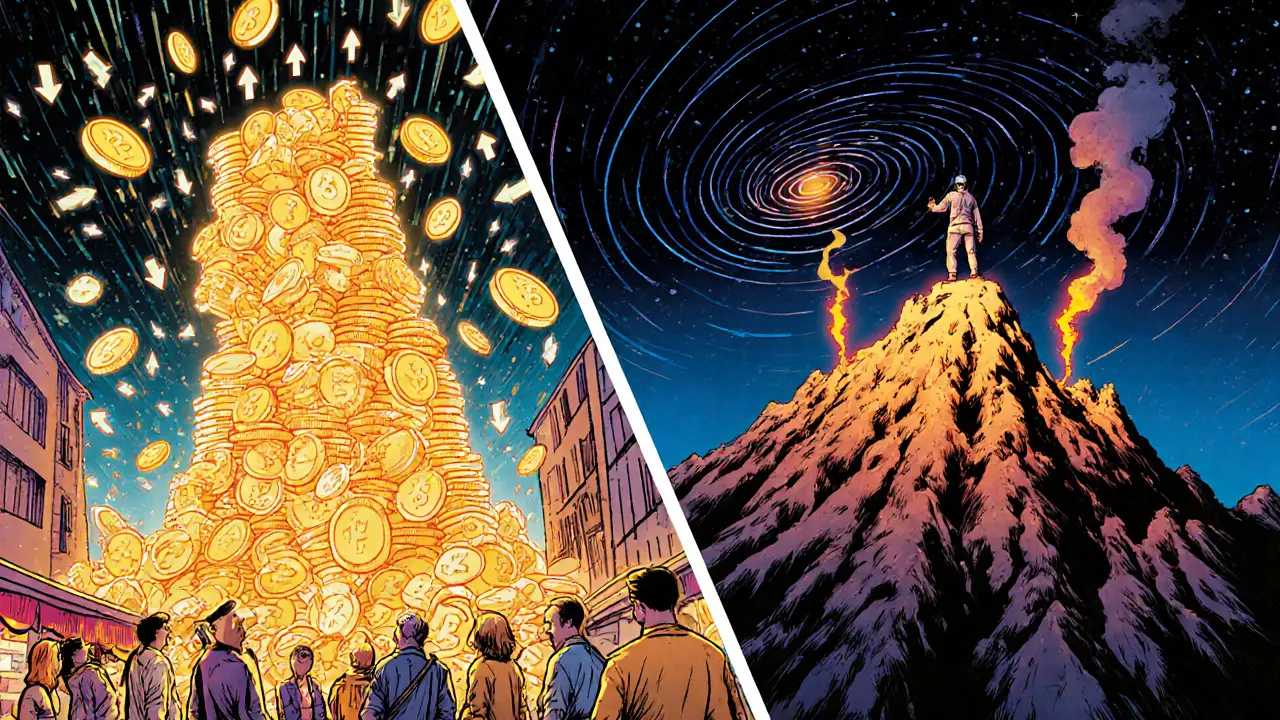Deflationary Tokenomics: How Scarce Crypto Tokens Drive Value
When a crypto token is designed to become deflationary tokenomics, a system where the total supply of tokens decreases over time through burning, buybacks, or supply locks. Also known as token supply reduction, it’s the opposite of inflationary models where new coins are endlessly printed. This isn’t just theory—it’s how Ethereum changed its economic model in 2021 with EIP-1559, and why some traders now watch ETH supply like a stock dividend. The core idea is simple: if fewer tokens exist and demand stays steady or grows, each one becomes more valuable. No magic. No hype. Just math.
Deflationary tokenomics doesn’t work alone. It relies on fee burning, the process of permanently removing transaction fees from circulation. Also known as token destruction, this is how Ethereum burns millions of ETH every month, turning every transaction into a small supply cut. Then there’s token supply, the total number of tokens that can ever exist, often capped or reduced through smart contract rules. Also known as max supply, this is what makes tokens like REI or MOCA feel scarce—even if they’re new, their rules prevent endless printing. And none of this matters unless the token has real token utility, a practical reason for people to hold or use it beyond speculation. Also known as use case, it’s what keeps demand alive: whether it’s paying for services, earning rewards, or accessing exclusive features. Without utility, a shrinking supply is just a numbers game. With it, you get real value accrual.
Look at the posts below. You’ll find deep dives into how EIP-1559 burned ETH and reshaped its supply. You’ll see how REI Network and Moca Network built tokenomics from the ground up with clear limits. You’ll learn why meme coins like MONKY or SPURDO fail at deflationary design—because they have no utility, no burn mechanism, and no real demand. You’ll even see how exchanges like Kraken and Coinbase protect assets with HSMs, because secure tokens mean nothing if the system behind them is vulnerable. This isn’t a list of random articles. It’s a toolkit for understanding what makes some tokens last—and others vanish.
Inflationary and deflationary tokenomics shape how cryptocurrencies gain or lose value over time. Learn how supply mechanics like Bitcoin halvings and ETH burns impact price, utility, and long-term investment potential.

